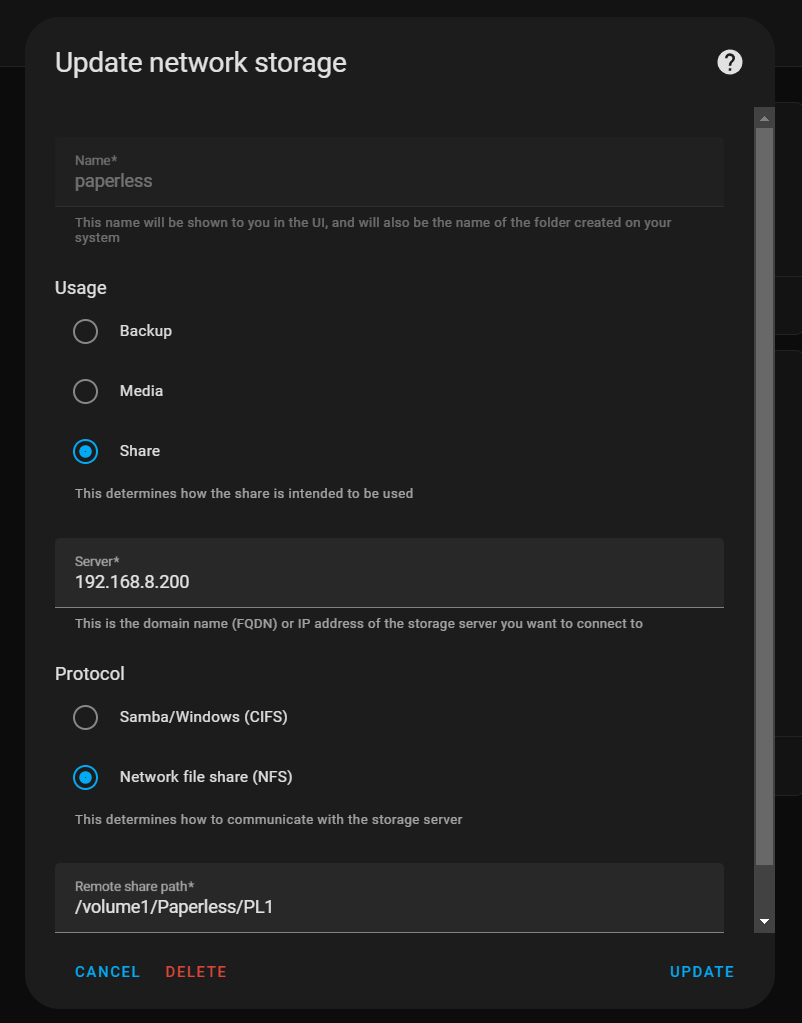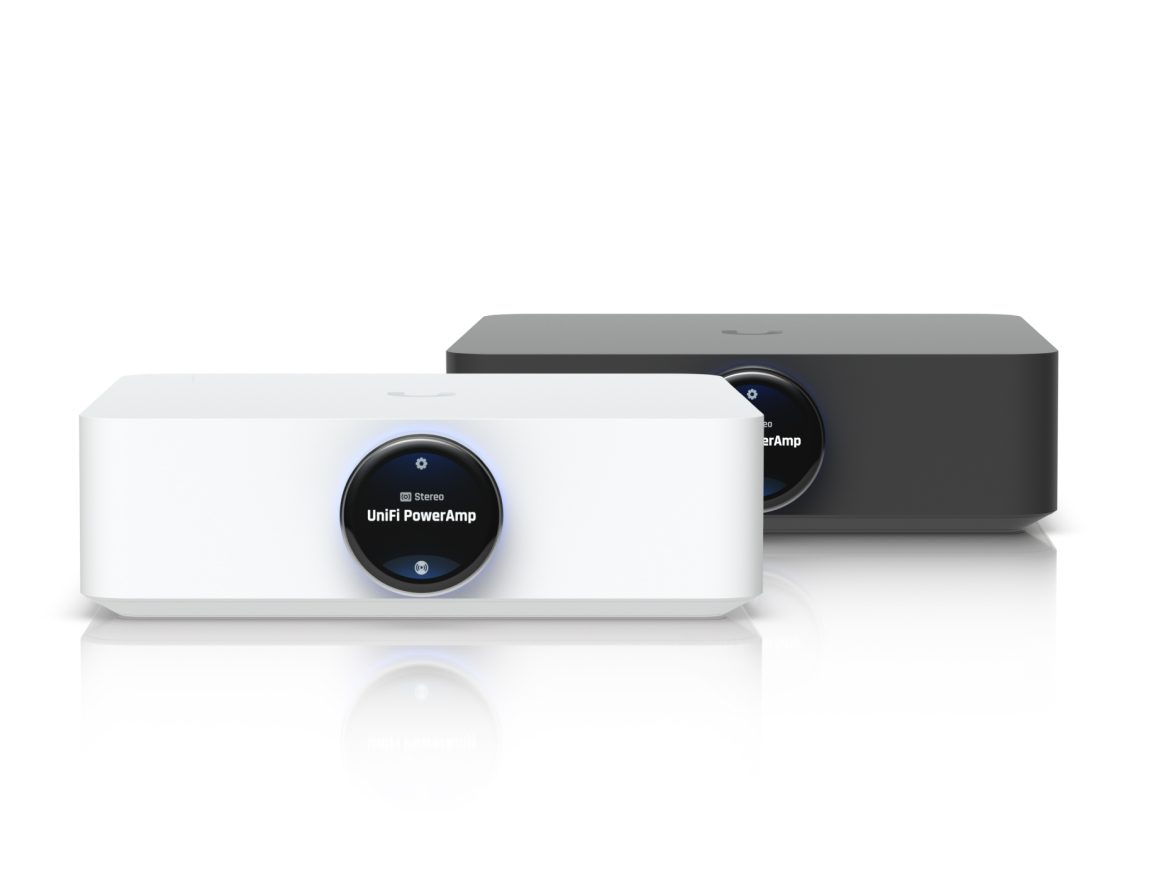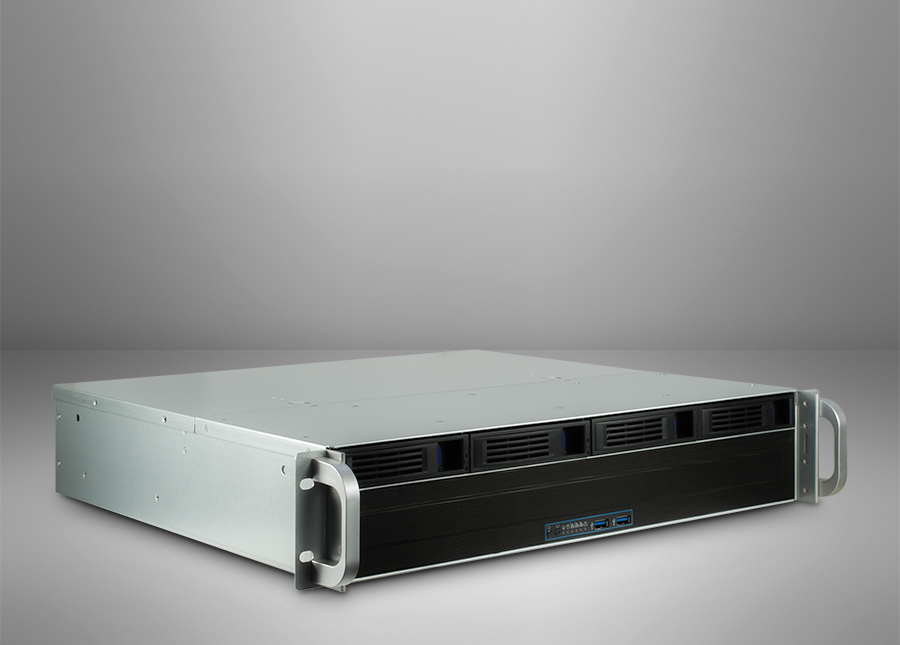Some of the links shared in this post are affiliate links. If you click on the link and make a purchase, we will receive an affiliate commission at no additional cost to you.
Power over Ethernet (PoE) is a technology that makes it possible to transmit both power and data via a single Ethernet cable. This eliminates the need for separate power cables for devices such as network cameras, VoIP phones, wireless access points and other network-based devices. PoE greatly simplifies the installation of such devices as it reduces the need for power outlets and additional power cables.
How PoE works
PoE transmits electrical power together with data signals over the same wires of an Ethernet cable (usually Cat5e, Cat6 or higher). This is done by using certain wires in the cable for both data transmission and power supply. A PoE-capable switch or PoE injector sends the power through the Ethernet cable to a PoE-capable end device.
PoE standards and versions
There are several standards for PoE, which differ mainly in the maximum power output:
- IEEE 802.3af (PoE)
- Introduced: 2003
- Maximum power: 15.4 watts per port
- Voltage: 44-57 Volt
- Availability for the end device: 12.95 watts
- Application area: VoIP telephones, small network cameras, simple wireless access points.
- IEEE 802.3at (PoE+)
- Introduced: 2009
- Maximum power: 30 watts per port
- Voltage: 50-57 Volt
- Availability for the end device: 25.5 watts
- Application area: High-performance network cameras, WLAN access points with multiple antennas, video telephones.
- IEEE 802.3bt (PoE++)
- Introduced: 2018
- Divided into two types:
- Type 3 (4PPoE):
- Maximum power: 60 watts per port
- Availability for the end device: 51 watts
- Typ 4:
- Maximum power: 100 watts per port
- Availability for the end device: 71.3 watts
- Type 3 (4PPoE):
- Application area: High-performance WLAN access points, PTZ cameras (pan-tilt-zoom), larger digital signage displays, POS terminals.
Areas of application for PoE
PoE is used in a variety of applications:
- Security cameras: Surveillance systems use PoE to operate cameras in places where power connections are difficult to access.
- VoIP telephones: Many modern VoIP telephones obtain their power via PoE, which simplifies cabling in office buildings.
- Wireless access points: WLAN access points can be installed flexibly as they are independent of a power socket via PoE.
- IoT devices: PoE enables easy installation of IoT sensors and devices in hard-to-reach places.
Advantages of PoE
- Simplified installation: Only one cable required for power and data.
- Flexibility: Devices can be installed regardless of the availability of sockets.
- Safety: PoE is a safe technology that offers overcurrent and short-circuit protection.
- Cost efficiency: Reduced cabling and installation lead to lower costs.





